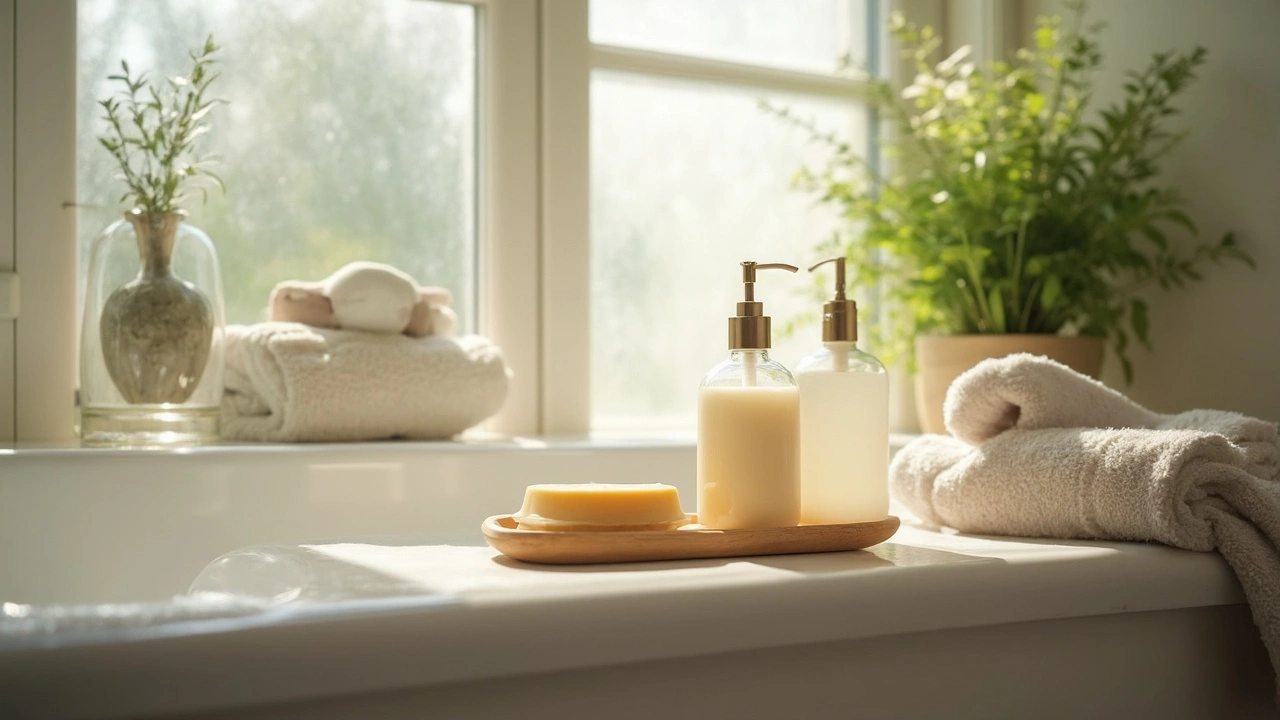Sustainable Hygiene: Simple, Eco‑Friendly Ways to Keep Your Home Spotless
When you think about cleaning, the first thing that usually comes to mind is getting rid of dirt, not the impact of the products you use. But a clean home doesn’t have to mean a chemical‑laden one. Sustainable hygiene is all about choosing methods and products that protect your health and the planet while still delivering great results.
Why Sustainable Hygiene Matters
Every bottle of conventional cleaner carries chemicals that can irritate skin, damage indoor air quality, and eventually end up in waterways. Switching to eco‑friendly alternatives cuts down on that waste and can also save you money—many green solutions use common household items you already have. Plus, a greener approach reduces the carbon footprint of your cleaning routine, which adds up over time.
Studies show that indoor air can be up to five times more polluted than outdoor air, and a big part of that comes from cleaning products. By opting for natural cleaners, you improve the air you breathe, especially important for families with kids, pets, or allergies.
Easy Eco‑Friendly Cleaning Practices
Start with the basics: vinegar, baking soda, and a good quality microfiber cloth. Vinegar works wonders on glass, mirrors, and bathroom tiles. Mix one part white vinegar with one part water in a spray bottle, spray, and wipe with a lint‑free cloth for a streak‑free shine.
For greasy kitchens, baking soda is your ally. Sprinkle it on stovetops or oven racks, let it sit for a few minutes, then scrub with a damp sponge. The mild abrasive lifts grease without scratching surfaces.
If you need a dedicated cleaner, look for products labeled biodegradable or plant‑based. Many brands now advertise low‑VOC (volatile organic compounds) formulas that work as well as traditional chemicals. Check the ingredient list for things like citrus extracts, eucalyptus oil, or soap‑nut powder – they break down grime while staying gentle on the environment.
Microfiber cloths are another game‑changer. They trap dust and bacteria without the need for disposable wipes. Wash them in warm water, avoid fabric softener (it reduces their effectiveness), and they’ll last for hundreds of cleanings.
When it comes to fabrics, a simple mixture of water and a few drops of dish soap (like Dawn) can handle most stains on couches or upholstery. Test on a hidden spot first, then dab gently – no harsh chemicals needed.
Don’t forget the air flow. Open windows while you clean to let any lingering odors escape. A quick run of the fan helps circulate fresh air, making the space feel lighter and healthier.
Finally, plan a sustainable cleaning schedule. Combine regular light cleaning with occasional deep cleaning using the natural methods above. This keeps grime from building up, meaning you’ll spend less time and fewer resources on heavy‑duty jobs.
Adopting sustainable hygiene isn’t about overhauling everything overnight. Start with one room, replace a single product, and watch how easy it feels. Your home stays clean, your lungs stay clear, and the planet gets a little break. Give it a try – you’ll be surprised how effective simple, natural solutions can be.

Most Hygienic Thing to Wash With: The Eco-Friendly Lowdown
People want to clean up without trashing the planet or their skin. This article digs into what the most hygienic thing to wash with really is, sorting through hype, science, and sustainable picks. Expect practical advice on natural and planet-friendly options that kill germs but don’t cost the earth. We’ll bust myths, share clever hacks, and help you find the washing routine that actually does the job—and feels good, too.
Read More